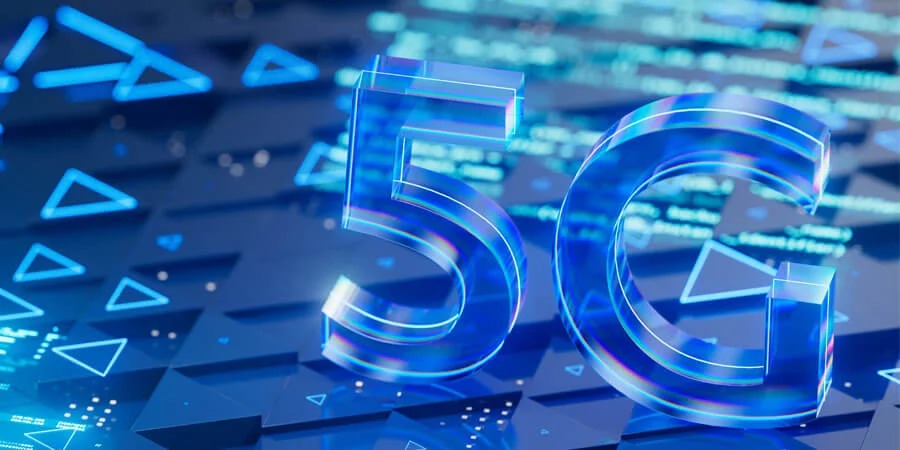Business
Africa’s 5G Reality Check: From Big Promises to Slower Progress

The hype and the hope
When 5G first made global headlines in 2019, the technology was billed as nothing short of revolutionary. The World Economic Forum even declared that it could transform economies as profoundly as electricity or the motor car. In Africa, the idea was simple: lightning-fast connectivity would bridge the digital divide, supercharge innovation, and help the continent leap into the Fourth Industrial Revolution.
South Africa was first out of the blocks in 2020, with Vodacom, MTN, and Rain rolling out commercial 5G in Johannesburg, Cape Town, and other major cities. Nigeria, Kenya, Tanzania, Zambia, Mauritius, and Angola followed in 2022. By 2025, about 27 African countries had active 5G networks. On paper, the continent seemed to be catching up.
But peel away the headline numbers, and the picture looks less impressive. Coverage is still limited to urban pockets, adoption rates remain stubbornly low, and for millions of Africans, 5G is still more hype than lived reality.
Where things stand in 2025
South Africa leads the pack, with Vodacom covering 52% of the population and MTN close behind at 45%. Fixed wireless access has improved home internet in cities, and businesses in oil and manufacturing are beginning to tap into enterprise use cases. Ethiopia has seen a surge in mobile money and internet uptake since expanding its 4G and 5G networks, boosting profits by 80%.
Elsewhere, the story is more mixed. Nigeria has built more than 1,000 sites, but adoption sits below 3%, largely due to the high cost of 5G-ready smartphones. Kenya and Tanzania have patchy rollout, and Ghana’s much-hyped 2025 plan to go nationwide has stalled almost entirely. Morocco, on the other hand, has gone bold, committing over $8 billion to achieve 85% coverage by 2030, backed by massive fibre investment.
The wider Sub-Saharan region is still lagging far behind global averages. Only 1.4% of connections here are on 5G, compared to more than half the world’s mobile users.
The promises versus reality
The 5G sales pitch was ambitious: speeds up to 100 times faster than 4G, lag-free streaming, smart cities, remote surgeries, drone farming, and virtual classrooms. For Africa, where 60% of people still lack reliable broadband, this sounded like a digital miracle.
Some benefits have materialised. South African households have used 5G to support remote work and online schooling. Senegal and Botswana are testing agricultural IoT solutions. Ethiopian mobile money platforms are thriving. But the grand vision of a continent transformed remains out of reach.
The reasons are layered:
-
5G devices are simply too expensive for most consumers.
-
Rural Africa, home to the majority of the population, is still struggling to get consistent 4G, making 5G a distant priority.
-
High spectrum costs and regulatory bottlenecks slow expansion.
-
Power cuts and fibre shortages continue to cripple infrastructure growth.
What lies ahead
Forecasts are still bullish. Ericsson predicts 180 million 5G subscriptions in Sub-Saharan Africa by 2029, while GSMA expects 20% of connections by 2030. Industry bodies say this could add over $11 billion to regional economies.
For that to happen, though, major investment is needed. The Broadband Commission estimates Africa requires around $100 billion to close the connectivity gap by 2030. That means new towers, fibre rollouts, and the kind of infrastructure sharing already being tested by Airtel and Vodacom.
There is cautious optimism that if device prices drop and governments make spectrum more affordable, Africa could still harness 5G to spark innovation in everything from telemedicine to fintech.
For now, however, the continent is caught between hype and hope. 5G is here, but for most Africans, it is a promise still waiting to be kept.
Also read: Why Xiaomi’s Smart Band 9 Active and Redmi Buds 6 Active Are the Fitness Pair SA Needed
Follow Joburg ETC on Facebook, Twitter, TikT
For more News in Johannesburg, visit joburgetc.com
Source: Business Tech Africa
Featured Image: Telecom Review Africa















